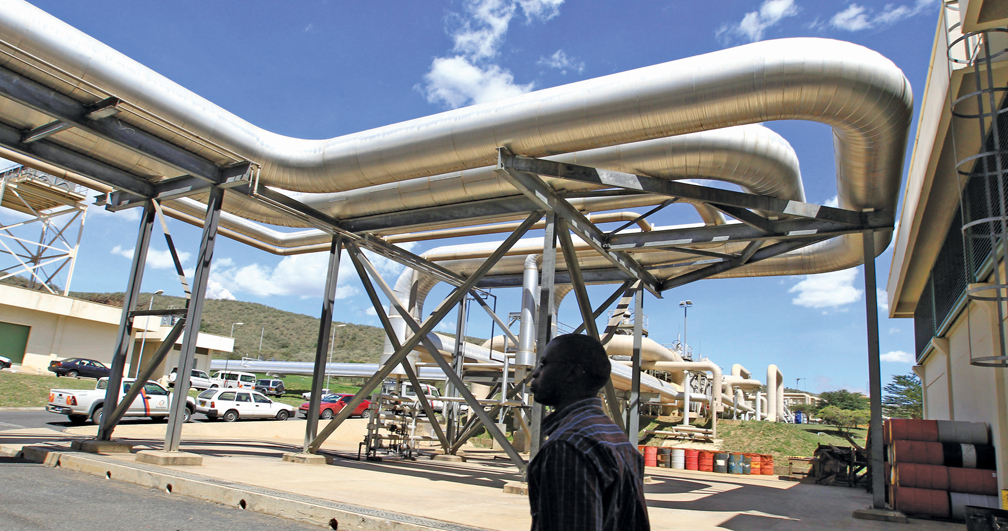VOICE OF AMERICA
With Kenya’s proximity to the Great Rift, once a hotbed of volcanic activity, the country is the biggest producer of geothermal energy on the continent. Thirteen percent of the national grid is powered by this renewable energy, but untapped geothermal fields have the potential to meet all of Kenya’s power needs, and then some.
Near the town of Naivasha, Isaac Kirimi, a drilling superintendent with KenGen, Kenya’s leading power company, walks up a steaming hillside. “This is like a live volcano,” he said. “You can easily convince someone you’re in hell.”
More than 30 years after KenGen built its first geothermal plant in the area, investment in renewable energy is booming. KenGen, with government support, is ramping up geothermal production.
Not all Kenyans support the expansion, though. The Maasai community, which lives on the site of a proposed geothermal project, faces displacement if it goes ahead. Members of the community are negotiating with KenGen, demanding employment opportunities and a share of profits.
For now, a majority of Kenya’s energy needs are met by hydroelectric power. But hydropower is diminished during rain shortages, leading to Kenya’s regular blackouts.
To harness geothermal energy, wells are dug more than 2 kilometers into the earth’s surface. Steam released by the wells is monitored for months. If it’s exploitable, hot water and steam are extracted from the well. The steam travels through pipes to a power plant, where it is converted into electricity. The water is then reinjected into the earth.

